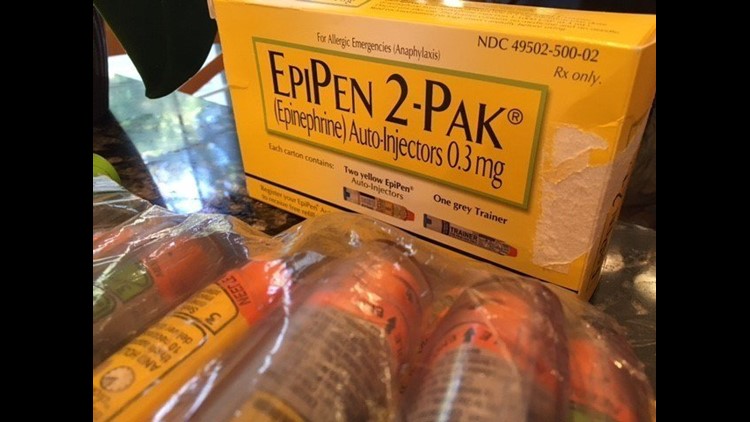When asked about the dramatic increase in EpiPen costs from $100 to $600 for a two pack, Mylan responded that 80 percent of patients with private insurance who are a part of their savings program are actually paying less than they did before. There are hundreds of manufacturer savings, rebate, and coupon programs out there and have saved patients millions of dollars on out of pocket deductibles, co-pays, and co-insurance expenses each year.
But are these programs really a godsend for patients struggling to afford their prescription drugs, or is it leading to higher insurance premiums for patients?
Prescription drug prices are rising faster than other healthcare expenses and much faster than the rate of inflation. One reason is that the prescribers have no financial stake in their choice of drug. So the insurer has to incentivize the patient to ask the prescriber about more cost-effective options by setting up rules to make it harder to get that more expensive option or making the more expensive options cost the patient more.
This means that some patients have to pay a deductible before their prescription coverage kicks in, some people pay a small co-pay for less expensive drugs than more expensive ones, some people pay a percentage of the costs, usually something like 20 percent, and some people hit a doughnut hole where they have coverage up to a certain level and then they personally pay all the expenses until they hit a ceiling when they are covered again.
These financial barriers were very effective for many years and this hurt the manufacturer’s bottom line, so they created a strategy to raise overall prices and then offer programs that reduce patients’ out-of-pocket expenses. You go to the pharmacy, the insurance tells the pharmacist what they will pay and then you give the pharmacist the coupon or savings card which pays most of the left over costs.
In effect, the manufacturers are shifting the costs of care back onto the insurers and removing cost as a consideration for the prescriber and the patient at the drug counter. Imagine having to pay 20 percent of a $3,000-per-month drug for psoriasis versus using a rebate card and only having to pay $5 per month. Programs like these are very impactful.
However, there are downsides.
Insurers faced with much higher drug costs shift those costs onto the employers and the patients. Employers and employees are more likely to drop coverage or to shift to plans with fewer direct expenses if costs rise too quickly.
Insurance for a family of four exceeded $25,800 in 2016 with 43 percent of the costs paid by employees, more than ever before.
People enrolled in federal healthcare programs like Medicare cannot use these programs because federal law prohibits incentives or kickbacks that raise costs for taxpayers but pay higher prices because the programs exist for the privately insured. Similarly, people without private insurance end up having to bear all the costs for these higher prices, although truly indigent patients can sign up for other programs to help them afford their medications.
Like direct-to-consumer advertising, I believe that these programs make it harder for prescribers and patients to make sensible choices about their healthcare and should be prohibited. We need to allow market forces to create price controls or we need to have a national healthcare system to control drug prices. If we continue to do neither, the system with end up bankrupting itself and millions of people will be in real danger.
Dr. Michael White of the UConn School of Pharmacy



